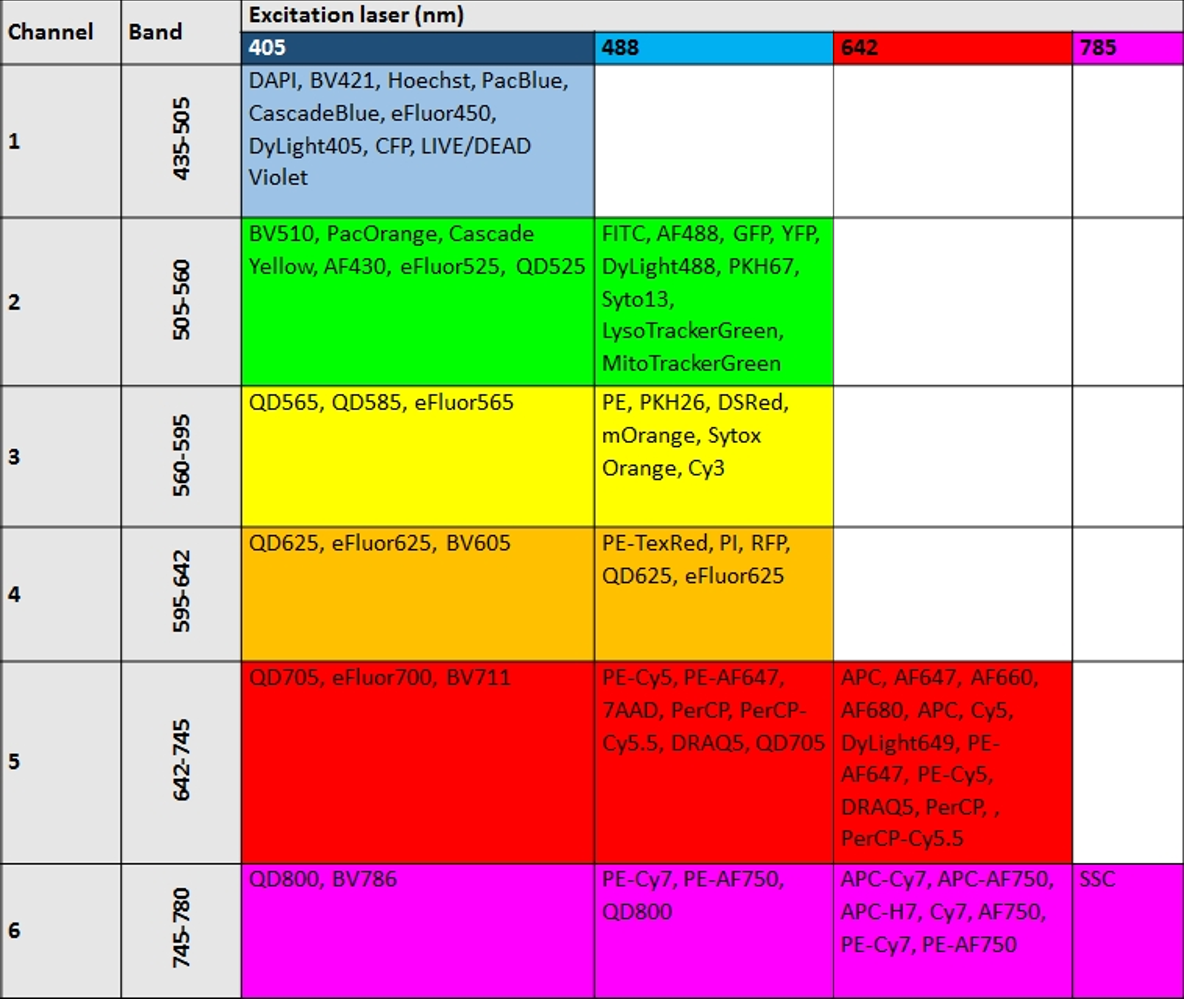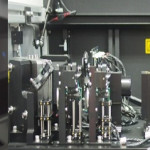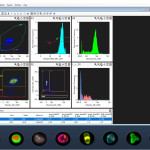Phytoplankton analysis

The phytoplankton analysis service using combined microscopy and cytometry offers the analysis of bacteria and phytoplankton, using the equipment Image Stream® Mk-II (Imaging Flow Cytometry). This is an integrated cell analysis equipment (image and fluorescence) that combines the capabilities of flow cytometry with detailed imagery of microscopy that enables simultaneous measurement of integrated optical parameters of the cells in the flow and acquisition of their digital fluorescent images. It combines high sensitivity with high speed, uses different objectives (20x, 40x and 60x) to capture images of the cells and a dual CCD camera to capture fluorescence at multiple wavelengths, allowing the simultaneous acquisition of up to six images of each of the cells analyzed and with the possibility of combining images.
This image analysis cytometer is equipped with:
- 1 camera providing brightfield, side scatter (SSC) and 4 fluorescence channels images
- 3 objectives lenses (20x, 40x and 60x)
- 4 excitation lasers: UV (405 nm), blue (488 nm), red (642 nm) and far red (785 nm) for SSC.
- Extended Depth of Field (EDF) keeps the depth of the cell in focus without loss of fluorescence sensitivity.
- Software: INSPIRE / IDEAS 6.2.

The field of application includes any discipline that investigates living elements (from cells to microorganisms) or inert elements (polymers, particles) in a liquid medium and with a size less than 100 microns. This service offers the analysis of bacteria and phytoplankton.
- Bacteria: quantification by fluorochrome labeling and morphometric analysis (without identification)
- Phytoplankton (<100 microns): pico-, nano- and microplanktonic fraction of aquatic samples, quantification and analysis of the composition (taxa, genera), morphological characteristics and assessment of their physiological status.
This service is also useful for toxicity tests as it allows the monitoring of cell cycles, cell death studies, DNA damage studies and cell repair, being of enormous value for ecotoxicology studies through the use of fluorochromes. The service includes PBS and calibration tape necessary for the analysis. The use of specific fluorochromes will be supplied by the user.
Service location: INMAR laboratory no. 8 (INMAR/IVAGRO Research Institute Building, ground floor. Puerto Real University Campus, University of Cádiz).
To request the service, click on the following link: phytoplankton analysis service request
External users must register at the following link: CAU INMAR registration
For more information, please contact the research staff: fitoplancton.inmar@uca.es
This equipment has been financed by:





